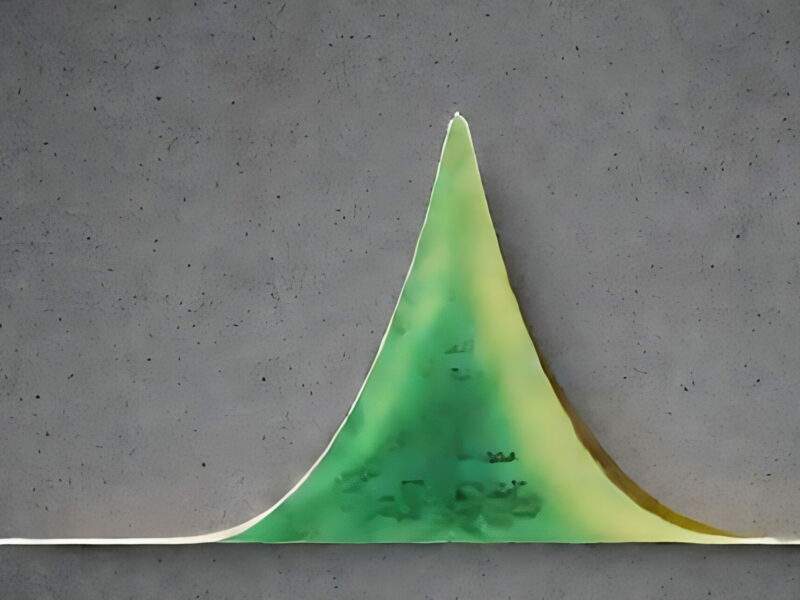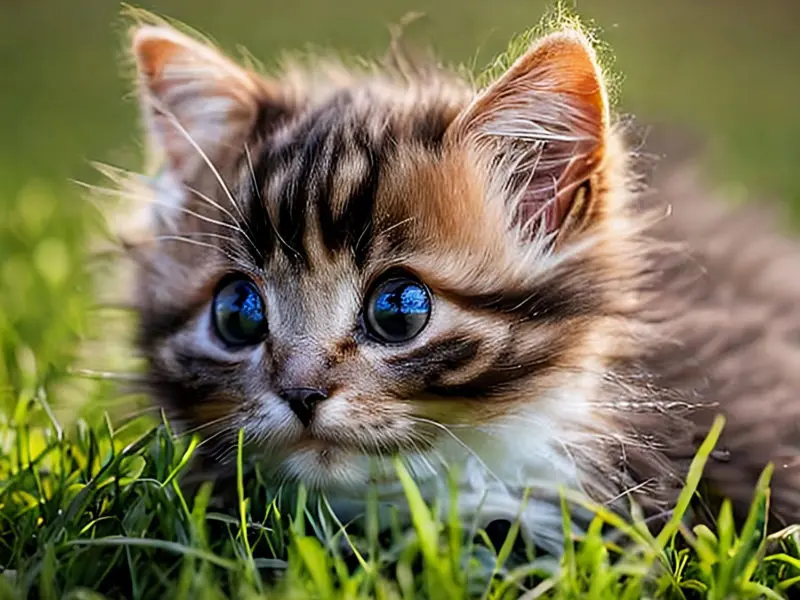Orchids are a type of flowering plant. They are known for their beautiful and often fragrant flowers, which come in various colors and shapes. Orchids are popular houseplants widely used in floral arrangements and as garden plants. There are more than 25,000 known species of orchids, making them one of the most extensive and diverse families of flowering plants on Earth. They are native to almost every habitat on the planet, including tropical rainforests, deserts, and mountains. Orchids are prized for their beauty and are often associated with luxury and refinement.
Flowers (and other plants) are given scientific names, also known as Latin names, according to a system known as taxonomy. This system was developed by the Swedish botanist Carolus Linnaeus in the 18th century and is used to classify and identify all living organisms.
Scientific names are typically composed of the genus and the species. The genus is the broader classification and is always capitalized. The species is more specific and is not capitalized. As an illustration, the scientific name for the rose is Rosa, while the scientific name for the daisy is Bellis perennis.
Scientific names are usually derived from Latin or Greek and are chosen to accurately and uniquely describe the characteristics of the plant. They are typically based on the plant’s appearance, such as flower shape, size, color, or geographic location. The scientific name of a plant generally is chosen by the person who first discovers or describes the plant. Once a scientific name has been assigned to a plant, it is usually accepted and used by scientists and botanists worldwide.
In recent years, several new orchid species have been discovered and described by scientists. For example, in 2017, a team of scientists announced a new species of orchid from the mountains of Ecuador. The species, named Telipogon diabolicus, is known for its small, dark flowers and is only found in a small region of Ecuador. In 2019, another new species of orchid was discovered in the cloud forests of Peru. The species, which was named Stelis peruviana, is known for its small, yellow flowers and is only found in a small region of Peru.
During an international botanical expedition in South America, no less than four new orchids were discovered, classified, and named.
The first new orchid – Oncidium purpurata
Deep in the Amazonas at an undisclosed inhabited spot, the researchers found a few new flowers they did not recognize and failed to cross-reference with the literature. It was given the name Oncidium purpurata to highlight and celebrate its deep purple beauty.

The second new orchid – Ophrys grandiflorum
The second confirmed discovery was made in a lonely Peruvian mountain hillside. Growing and blooming where few other plants seemed to thrive, an intensely orange orchid stood out. It was soon after that confirmed that it had never before been described. The new orchid was given the name Ophrys grandiflorum as an homage to its grandiosity.

The third new orchid – Ionopsis plumosa
Also, in Peru, the team unearthed an extraordinarily colorful new orchid that one team member described as “quite trippy, sort of psychedelic.” After assurance that it indeed was a novel flower, it was given the name Ionopsis plumosa.

The fourth new orchid – Vanda papillosa
As the almost two-year-long expedition was nearing its end and two team members were flying out of Ecuador and back to the US, the weather was abysmal, which caused a several-hour delay before the airplane could depart safely; there was time for one last stroll around the airport. Behind the bushes in a parking lot, a sight never seen before was made. This marked the discovery of Vanda papillosa and, thus, the feather in the hat of the successful expedition.

Aftermath
The world has become four new orchids richer. Jacker Magazine wants to extend our most sincere gratitude for allowing us to publish these findings exclusively. Our most heartfelt gratitude goes to Drs. Lynn Richardson and Edward O. Wilson for reaching out and making this article come true. Thank you!
This is an original article published exclusively by Jacker Magazine. We encourage and welcome your feedback. Feel free to leave a comment below. Do not hesitate to contact us if you have other questions, suggestions, or proposals. We look forward to hearing from you.
Share this article

